Co-authored by Wendy Lazarus, Founder & Co-President, The Children’s Partnership and Laurie Lipper, Founder & Co-President, The Children’s Partnership
The past 60 years have seen an extraordinary expansion of the U.S. economy and the advent of game-changing innovations, including the explosion of the digital age. Side-by-side has been the belief that such trends will eventually help Americans achieve the American dream by increasing opportunities for those who “work hard and play by the rules.” While this may be true for those who have the economic means, education and social networks to leverage opportunity in a changing economy, it is proving to be wildly untrue for most of those who lack the basic building blocks to even get to the starting line.
This disconnect, which is playing out in the streets of Baltimore and other American cities, is especially stark when it comes to the opportunity “ladders” available to America’s children and young people. The widening gap is sharply described in Robert Putnam’s new book, Our Kids: The American Dream in Crisis. Driven by new data and compelling real-life examples, Putnam illustrates this growing trend where too often children born to parents with resources are able to succeed, while those born poor to under-educated parents are falling further and further behind.
Timed to coincide with the run-up to the 2016 presidential elections, Putnam hopes his book will spark a long overdue national conversation about what achieving the American dream entails today, and how we, as a nation, can make sure it becomes a reality for this and future generations of young people. With 95 percent of Americans agreeing that “everyone in America should have an equal opportunity to get ahead,” the candidates are paying attention — the message has made its way into the campaign rhetoric of nearly every candidate running.
Putnam offers a starter list of proven approaches to help close this opportunity gap for children. He also harkens back to an earlier era, noting that a robust menu of innovative social policies helped the U.S. overcome a similar gap in social and economic mobility during the Progressive Era.
Candidates would do well to follow his prescription and look to a combination of building block programs like the Earned Income Tax Credit and Medicaid, and burgeoning social policy innovations for our times, already working in local communities across the nation.
Some of these innovations make it easier for low-income Americans to do what those with higher incomes do routinely–build and manage financial assets for the future. For example, the Assets for Independence (AFI) program, though still an early-stage, small-scale effort, is increasing economic self-sufficiency for low-income families by helping them build Individual Development Accounts and matching individuals’ contributions. This helps today’s families purchase homes, build businesses and go to college. There are also promising models at the local level. In San Francisco, the well-studied MyPath Savings initiative helps youth and young adults save money from their very first paycheck and connects them to financial tools, such as a savings account tied to an ATM card and direct deposit. According to a recent report released by the Consumer Financial Protection Bureau, the program participants evaluated saved an average of $1,210 in their accounts. This effort will roll out this summer to 2,000 youth participating in the Mayor’s Summer Jobs Plus program.
Putnam vividly highlights another reality of today’s poverty: a dearth of social networks for both parents and children that removes one of the most effective means for helping poor kids get ahead. One promising approach taking hold across the country is called the 2Gen framework that structures programs to include children and their parents at the same time, tying economic and educational success to a widening of social networks and skills. In Los Angeles, for example, 2Gen takes the form of Abriendo Puertas, a first-of-its-kind program that gives Latino parents with children 0-5 the tools and peer networks they need to effectively engage in their child’s learning and development. In St. Paul, the Jeremiah Program provides a career-track college education, safe and affordable housing, and quality early childhood education while fostering parent and mentor networks for single mothers to help them navigate educational and economic opportunities.
And there are ways that digital advances can smooth the way for disconnected families to get out of crisis and get a start on opportunity ladders. Single Stop uses web-based software to bring low-income families safety net services like health insurance, cash assistance, and Social Security along with cost-free legal, financial, and tax preparation assistance. Community-based organizations and community colleges help families use Single Stop, which screens and connects them, all in one location, to programs and networks for which they qualify and may not have known about.
Scaling up these and other promising new activities happening in local communities could make a big difference when combined with an improving economy as well as bedrock public policies that support families. Like Putnam, we hope it becomes a litmus test for every presidential candidate in 2016 to commit to meaningful strategies that increase opportunity for children and families. Both parties should renew their commitment to that most basic American value — the American Dream — and show how they will deliver on that promise to the families of today. They can also point to a little American ingenuity to get the job done.
